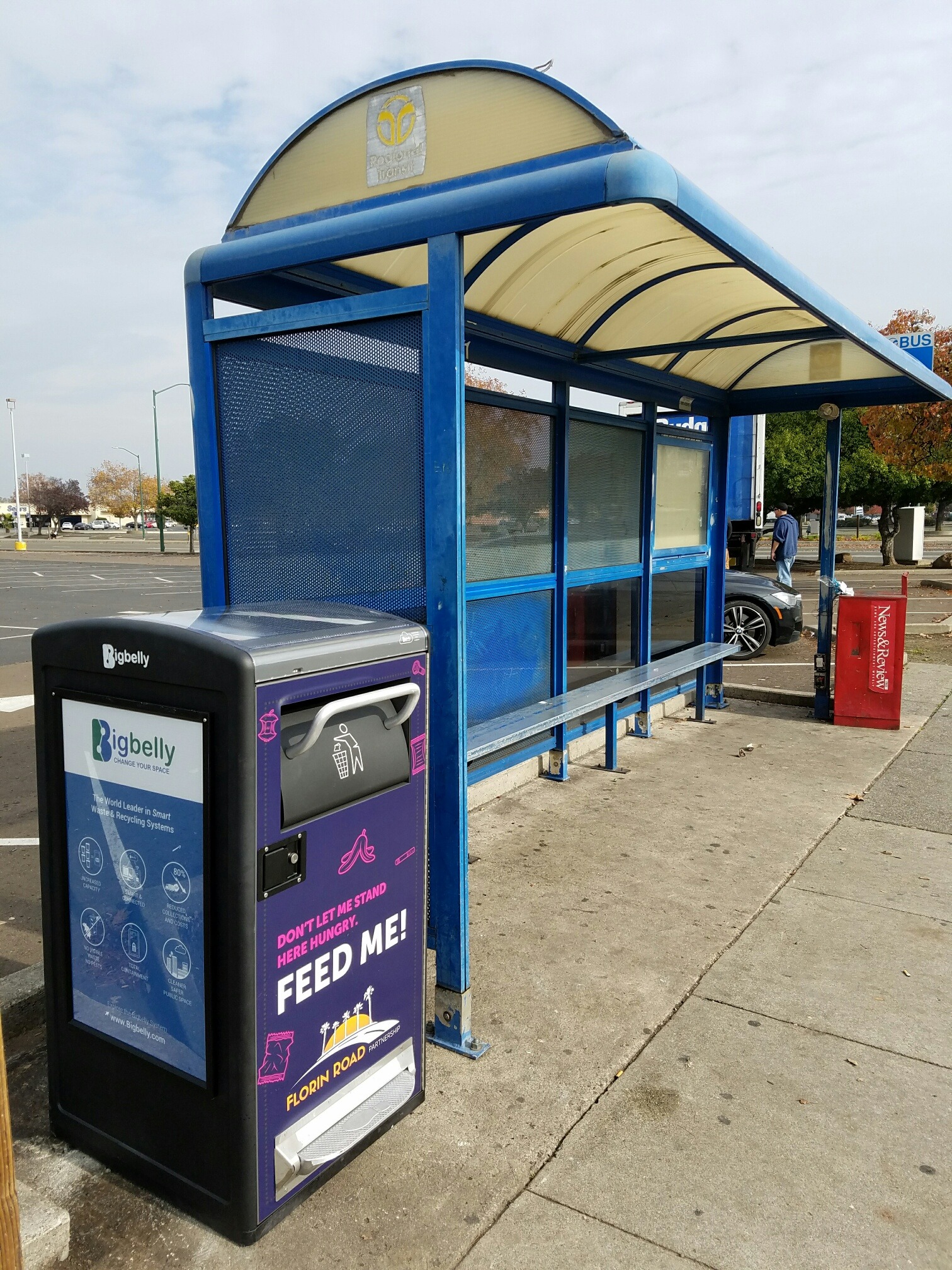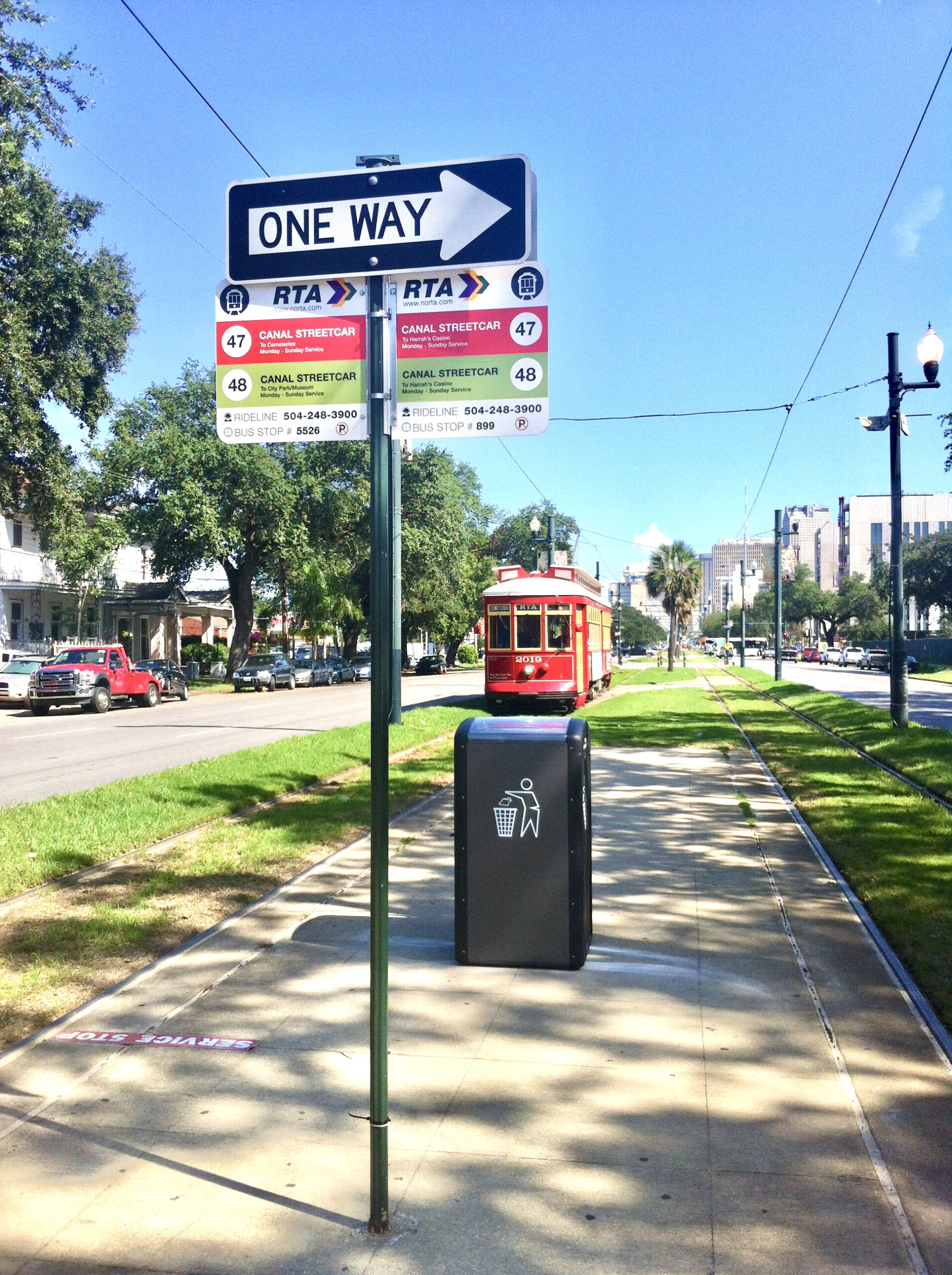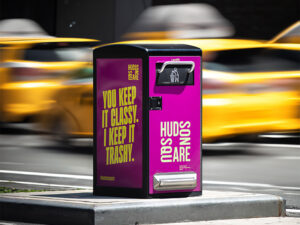A Station for Every Station – Bigbelly Smart Waste Cleans Up Public Transit
 Bigbelly Smart Waste & Recycling stations live in public spaces around the world, thriving in high-traffic environments where efficient & sustainable waste operations are critical. In addition to cities, universities, retail venues and airports (just to name a few), there is one public space venue where Bigbelly stations support the, well, non-stationary: public transit stations!
Bigbelly Smart Waste & Recycling stations live in public spaces around the world, thriving in high-traffic environments where efficient & sustainable waste operations are critical. In addition to cities, universities, retail venues and airports (just to name a few), there is one public space venue where Bigbelly stations support the, well, non-stationary: public transit stations!
Bigbelly has proven to be ideal for the high-volume, ever-moving, waste-accumulating environment found in public train stations, bus stations & terminals, trolley stations, ferry ports, and much more. Underground or above, public transit systems are on the front lines of waste management challenges, and utilize Bigbelly to keep operations economically efficient, clean & safe, sustainable, and moving!
Waste Collection Challenges for Public Transportation
 With traditional waste management infrastructure, large ridership areas not only make waste & recycling collection a time-consuming task, the high volume of riders means a LOT of waste passing through as well. Public transit systems face a full range of waste challenges, which encompass collection scale, collection frequency, collection accessibility, health & sanitation concerns, and workforce challenges.
With traditional waste management infrastructure, large ridership areas not only make waste & recycling collection a time-consuming task, the high volume of riders means a LOT of waste passing through as well. Public transit systems face a full range of waste challenges, which encompass collection scale, collection frequency, collection accessibility, health & sanitation concerns, and workforce challenges.
- High Waste Volume & Collection Frequency: Traditional waste bins struggle to accommodate high-traffic public spaces like transit stations. Because traditional bins need to be collected frequently throughout the day, it requires significant labor and riders are disrupted by collection crews during peak hours.
- Waste Overflow, Public Health & Safety Concerns: Litter in stations (and windblown litter on tracks) present health & safety risks for both riders & staff.
- Pests & Scavenging: Open-interface bins provide easy access to waste for animals & insects. Public access to open waste also presents pilfering & vandalism challenges.
- Labor Shortage & Workforce Optimization: In the current economic & social climate, public transit systems face challenges around labor shortage, allocating staff resources, and meeting 24-hour waste management demands.
- Meeting Sustainability Goals: Traditional recycling bins do not provide Recycling Diversion data, and therefore do not enable transit agencies to report on Zero Waste progress. In cases where transit systems collect waste with refuse vehicles, Greenhouse Gas Emissions present an environmental problem, as refuse vehicles contribute a significant amount of Greenhouse Gases.
Smart Waste Solutions: Above-Ground & Underground
When public transit systems decide they need a smarter solution, they take advantage of Bigbelly’s solution features & benefits.
- High Capacity Compactor: Bigbelly’s HC5 station holds up to 5X capacity of traditional bins, reducing collection frequency.
- Total Waste Containment: Hopper disposal interface eliminates windblown litter, human & animal access to waste, and support public heath initiatives.
- Above-Ground & Underground Solution: Solar-powered, and adaptable to indoor/underground locations using low-energy AC adapter.
- Bigbelly CLEAN Software Management Platform: Using CLEAN, teams monitor real-time station status, notifications, alerts and reporting. Manage station maintenance, and control fullness threshold.
- Measurable Sustainability: Improve recycling diversion and reduce Greenhouse Gas Emissions by taking refuse trucks off the road. Bigbelly reports & tracks you how much you’ve recycled, and coming soon… how much you’ve reduced Greenhouse Gas emissions!
The Results: A Community that Never Stops Moving
Reduce Collections up to 80%:
Public spaces reduce waste collections through both Bigbelly’s increased bin capacity and cloud-driven fleet management. Fewer, more efficient collections means that transit teams save time, financial resources, staffing resources, and materials.
• Labor Force Optimization: Transit systems aiming to maximize output & workforce development utilize Bigbelly to make the most out of their existing teams. They free up labor hours & financial resources and reallocate their current workforce to more impactful and complex tasks. Smart Waste enables more time & funding to expand operational scope and educate teams!
• Minimizing Bin Footprint & Passenger Disruptions: Fewer waste bins mean quick, more efficient collection trips, where maintenance staff are able to minimize disruptions during high-traffic hours.
• Optimal Times to Collect: Collections can be performed during low-traffic hours, addressing the issue of a 24-hour service demand with traditional bins. Collection teams have greater accessibility to the bins themselves as well, a common issue when collecting 24/7.
 Prioritizing Public Health & Safety: At this time especially, health & safety are a critical component to public programs & services. Bigbelly’s system is hands-free and provides total waste containment.
Prioritizing Public Health & Safety: At this time especially, health & safety are a critical component to public programs & services. Bigbelly’s system is hands-free and provides total waste containment.
• Hands-Free Waste Disposal: Public and private entities alike are more conscious than ever of infrastructure and operations, prioritizing public health & sanitation. Bigbelly stations feature a Hands-Free Foot Pedal, so the public can dispose of waste without ever touching a trash can!
• Reduced Contact with Waste: By reducing collections by 80%, collections staff’s exposure to waste is also greatly reduced.
• Total Waste Containment: Bigbelly’s 100% contained design eliminates exposed waste and litter, reduces pests & pilfering, and improves the overall safety to pedestrians and maintenance staff.
 Achieving Sustainability Goals: Bigbelly’s Smart Waste & Recycling solution delivers improved Recycling Diversion, reduced GHG Emissions, reduced Plastic Material Use, and it’s all measurable!
Achieving Sustainability Goals: Bigbelly’s Smart Waste & Recycling solution delivers improved Recycling Diversion, reduced GHG Emissions, reduced Plastic Material Use, and it’s all measurable!
• Increasing Recycling Diversion: Bigbelly provides a customizable, effective public space recycling program by incorporating 1.) customized Recycling Streams, and 2.) Volume & Diversion rate data for each stream.
• Reducing Greenhouse Gas Emissions: Regardless of vehicle & fuel type, Bigbelly enables a massive opportunity to eliminate overall GHG Emissions by reducing collections and GHG emissions up to 80%. Bigbelly has a 40% greater impact on reducing GHG Emissions than purchasing BEV trucks, and for less money!
• Reduce Plastic Liner Bags: In many public space applications, using liner bags are required. Bigbelly reduces plastic liner use by up to 80%.
Aesthetics, Uniformity, & Community Engagement:
Public transit systems from New Orleans to Anaheim to Sydney create a clean, aesthetically pleasing public transit environment for residents, tourists, and corporate commuters. Transit organizations customize their Bigbelly fleets with wraps & message panels to engage their ridership community with public messaging, branding, and local advertising.
Bigbelly Smart Waste & Recycling Products
- High Capacity Smart Waste Compactor ⮕
- Standard Capacity Smart Non-Compactor ⮕
- Multi-Modular Smart Waste Kiosk ⮕
- Telebelly Multipurpose Hosting Platform ⮕
- CLEAN Software Management Platform ⮕
Connect with the Bigbelly Team to Learn More!









